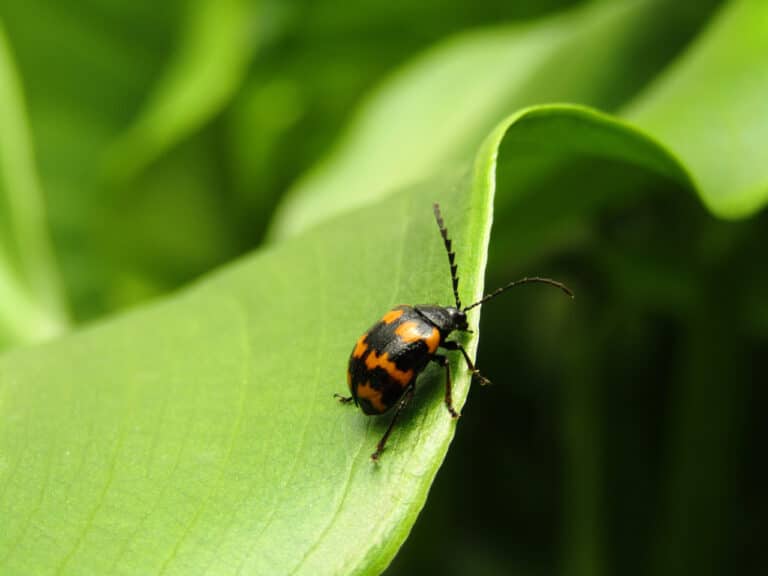
 Knotweed News
Knotweed News
Comparing Japanese Knotweed to Common Lookalikes: How to Tell the Difference
Author: WaW_admin
Date Posted: Friday 17th November 2023

0161 723 2000
8AM to 5PM

Author: WaW_admin
Date Posted: Friday 17th November 2023

Introduction
The invasion of Japanese Knotweed (Fallopia japonica) across the landscapes of the UK has brought to the forefront the critical need for accurate identification of this belligerent weed. Due to certain resemblances between Japanese Knotweed and other native plants, the task of identification can sometimes be tricky. This guide aims to delve into the physical attributes of Japanese Knotweed in juxtaposition with its common lookalikes, thereby aiding you in correct identification and subsequent management. For a more exhaustive understanding of Japanese Knotweed identification, do visit our Identification Page.
Detailed Identification of Japanese Knotweed
Japanese Knotweed manifests itself through broad, shovel-shaped leaves with a distinctive pointed tip. A rich green hue adorns the upper surface of the leaves, contrasting with a lighter shade on the underside, thus offering a visual clue to its identity. The alternating arrangement of leaves on the plant’s stem imparts a distinctive “zig-zag” shape to the branches, a feature not commonly seen in its lookalikes.
The veiny texture of the leaves, coupled with a pronounced mid-rib and a deep red or pink coloured stalk, further distinguishes Japanese Knotweed. The life cycle of its stem tells a tale of transformation, from red/purple asparagus-like spears in youth to smooth, hollow, bamboo-like structures with clearly demarcated nodes between sections as they mature. These stems exhibit a green colour dotted with purple/red flecks, making them quite distinct.
Exploring Common Lookalikes
Delving Deeper
Being armed with the correct knowledge is the first line of defence against the invasive Japanese Knotweed. Misidentification can lead to improper management practices, thereby exacerbating the problem. The detailed scrutiny of leaf shapes, stem characteristics, and growth patterns is pivotal in distinguishing Japanese Knotweed from its lookalikes.
Moreover, documenting the seasonal changes in appearance and consulting with professionals for verification can also be instrumental in accurate identification. It’s prudent to adopt a cautious approach and seek professional advice if unsure about the identification of Japanese Knotweed on your premises.
Conclusion
The battle against Japanese Knotweed begins with correct identification. By understanding the subtle and not-so-subtle differences between Japanese Knotweed and its common lookalikes, homeowners and land managers can take a more informed and effective approach towards its management and eradication. Should you suspect the presence of Japanese Knotweed on your property, reach out for professional guidance for verification and subsequent management. Visit our Identification Page for more insights on distinguishing Japanese Knotweed from common lookalikes, and embark on a journey towards a Knotweed-free environment.